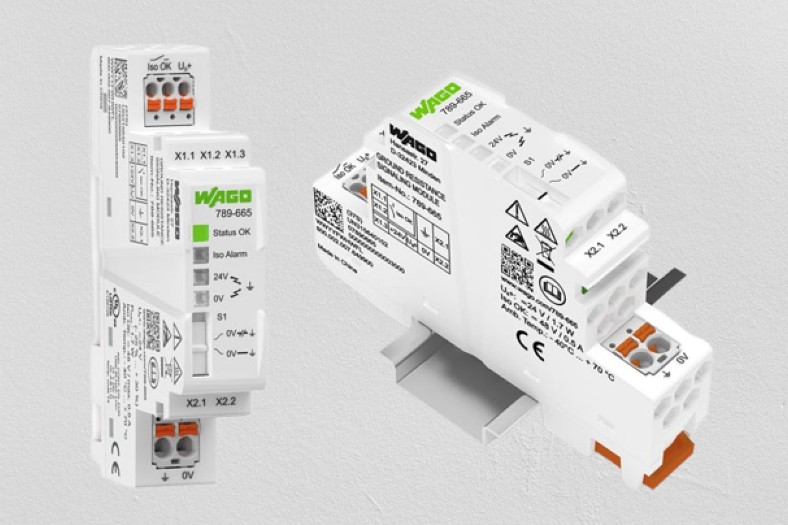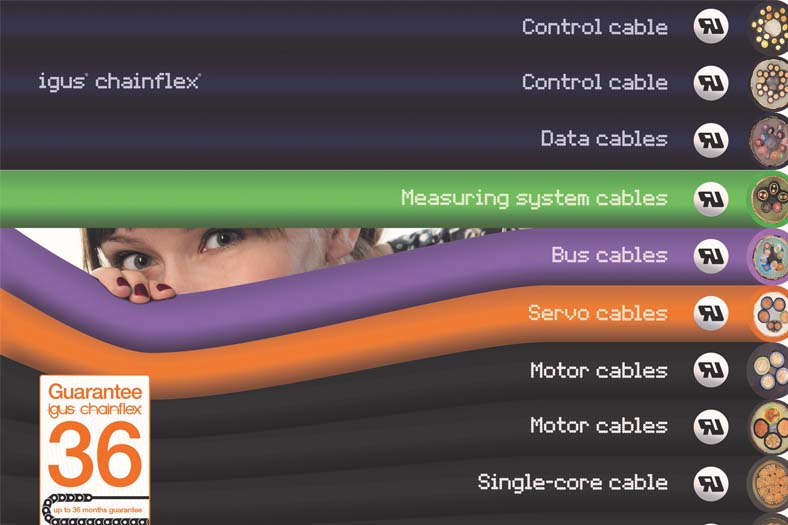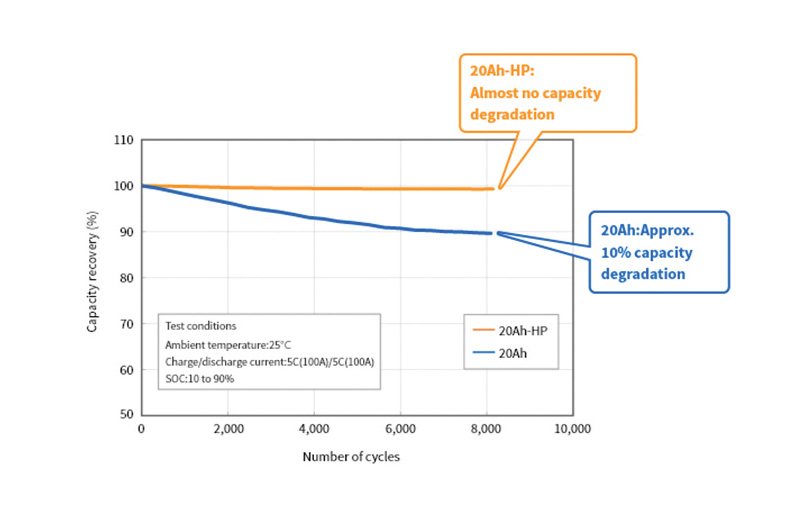Developing trends: pollution level awareness
September 3, 2021 7:32 pm
Google’s smart speaker Nest Hub to warn users about air pollution.
Diluting the air pollutants is the best measure for controlling air pollution. Clean technologies would reduce greenhouse gas emissions and save consumers billions in fuel costs. Industrial emissions are one of the major causes of air pollution; the pollutants can be controlled or treated at the source itself to reduce its effects. Use of clean energy resources like solar, wind and geothermal energies reduce air pollution at a larger level which is a step towards a cleaner environment. At times, controlling pollutants at the source is not possible. In that case, we can have process control equipment to control the pollution. Plants and trees reduce a large number of pollutants in the air. Hence, planting trees in areas of high pollution levels will be extremely effective.
However, starting with the US and to be available in select markets soon, the new AQI (Air Quality Index) badge is included in the clock/weather widget in Nest Hubs. Google’s smart speaker Nest Hub will warn users about air pollution and smoke in their vicinity so that they can take precautionary measures.
The users can ask ‘What’s the air quality near me?’ as a voice command, and they will get alerts when the air quality drops to an unhealthy level or unhealthy for sensitive groups.
“Between wildfire season and recent increased efforts to reduce air pollution, it’s more important than ever to know about the air quality in your area. That’s why, we’ve added Air Quality information to the Ambient screen on Nest Hubs, so you can stay informed with just a glance,” Google said in an update.
The air quality data comes from the US Environmental Protection Agency (EPA), which rates air quality on a scale from zero to 500, with zero being the best air quality. The EPA uses the US AQI to report air quality on a scale from zero to 500, with zero being the best air quality. It includes an easy-to-learn colour scheme, so you can quickly know if there are any concerns about the current air quality status. Higher values mean greater air pollution, and each colour represents a general quality category: Good, Moderate, Unhealthy for Sensitive Groups, Unhealthy, Very Unhealthy, and Hazardous.
Given the debilitating levels of air pollution in the country, the issue of air pollution must be acted upon towards building a more resilient public health architecture in a postpandemic world.
Cookie Consent
We use cookies to personalize your experience. By continuing to visit this website you agree to our Terms & Conditions, Privacy Policy and Cookie Policy.















